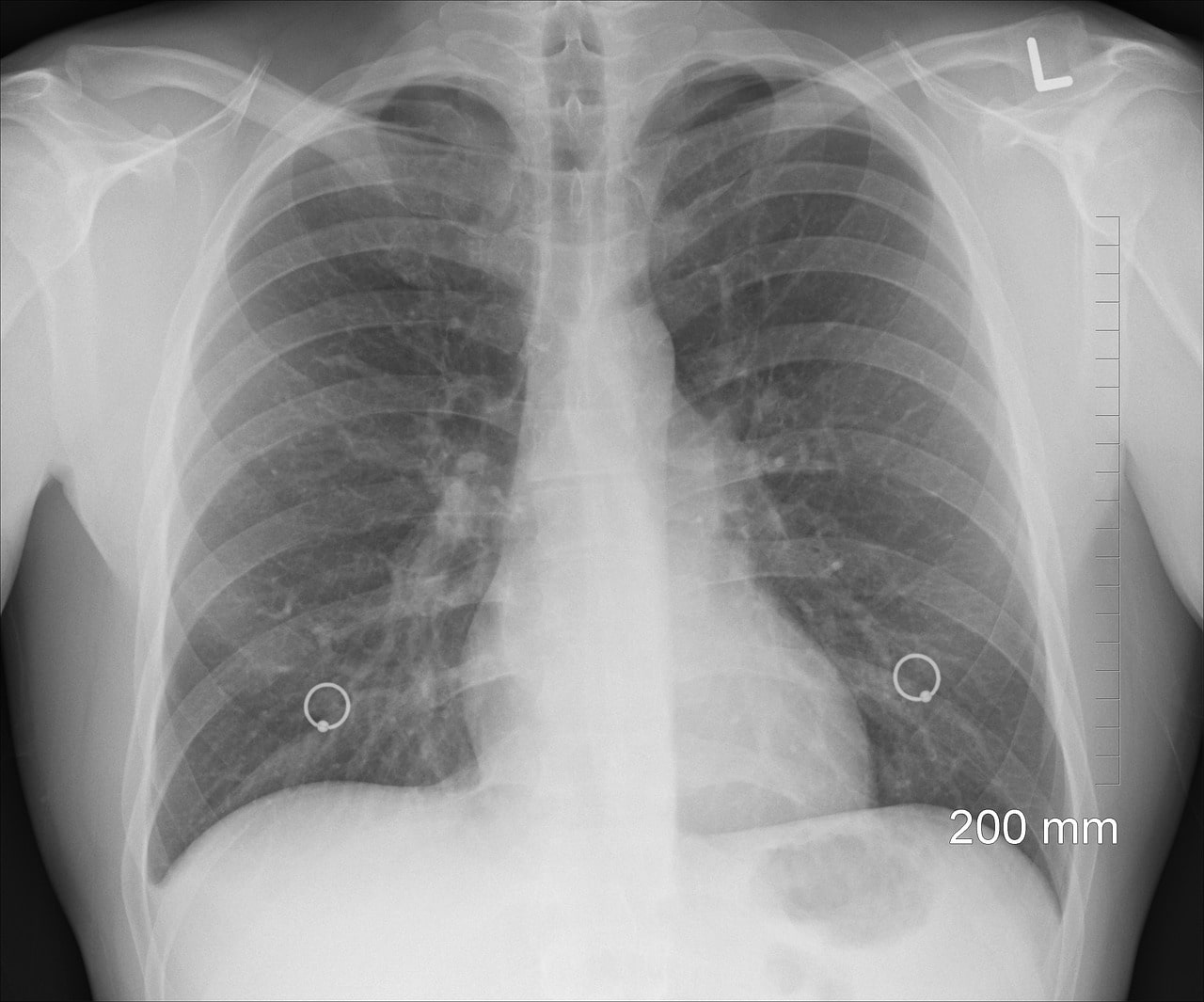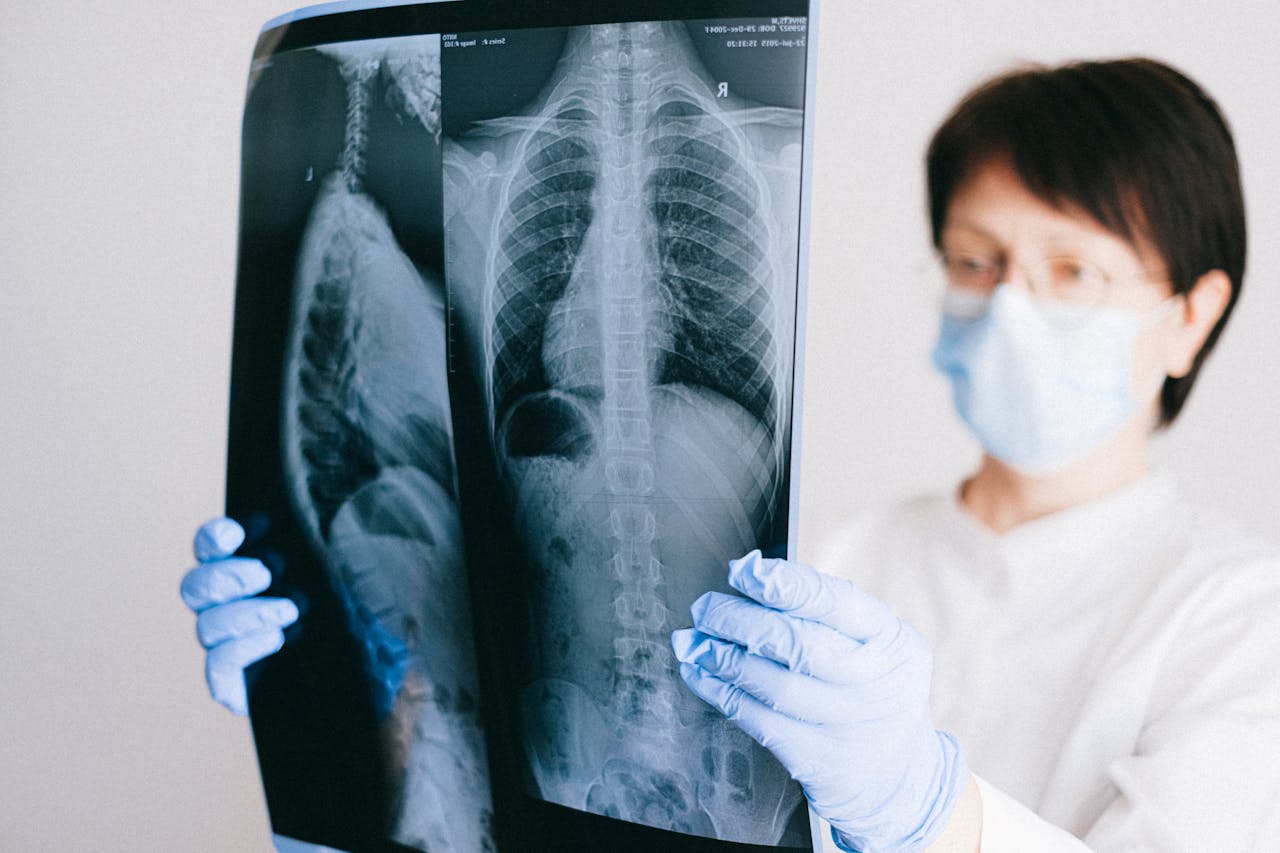2nd stage cancer survival time varies depending on the type of cancer and the patient’s overall health condition. At this stage, the disease is mostly localized. Metastasis does not occur, and it is considered an early stage. Therefore, the chances of treatment are very high. However, whether the cancer type responds to the treatment is one of the key determinants. Consequently, the 2nd stage cancer survival time differs for every patient.
When discussing survival rates for cancer patients, the 5-year survival rates are typically considered. For many types of cancer, the 2nd stage cancer survival time is over 5 years with a probability of more than 50%. However, the type of cancer plays a significant role here. For instance, this rate can reach up to 70% for breast cancer, whereas it may fall below 50% for small-cell lung cancer. The following sections delve into the details of 2nd stage cancer survival time.
What is 2nd Stage Cancer?

Stage 2 cancer means the cancer has advanced but remains confined to a specific area. Staging helps determine how much the cancer has spread and whether it has reached other parts of the body. Stages I and II are referred to as early stages. Stage II is considered locally advanced or early advanced stage.
At this stage, the disease is regarded as advanced. The cells have moved beyond the primary tumor but have only spread to lymph nodes or the boundary area of the organ. The characteristics of this stage are as follows:
| Characteristics | Description |
|---|---|
| Size | The tumor size is larger than in the initial stage but varies depending on the type and location of cancer. Tumors in stage 2 are generally between 2-5 cm. Tumor size, depending on its location, can affect the patient’s overall health condition. |
| Lymph Nodes | In this stage, cancer cells may start spreading to lymph nodes, usually with limited dissemination. Cancer cells may spread to a few lymph nodes near the affected area. The involvement of lymph nodes increases the risk of cancer spreading to other parts of the body, impacting the 2nd stage cancer survival time. |
| Metastasis | At this stage, metastasis, or the spread of the disease to distant organs, does not occur. The disease is confined to the primary tumor and surrounding tissues. The absence of metastasis is favorable for 2nd stage cancer survival time, improving the likelihood of effective and successful treatments. |
Stage 2 cancer is one of the stages during which the diagnosis is often made. Symptoms may not be very evident, but many cancer cases are diagnosed through screening during this stage. Afterward, seeking experienced medical professionals for treatment is crucial.
2nd Stage Cancer Symptoms
 Stage II cancer symptoms are critical for diagnosis. However, these symptoms are often not evident or are difficult to detect. Additionally, symptoms vary for each type of cancer. For instance, gallbladder cancer symptoms are entirely different from lymphoma symptoms.
Stage II cancer symptoms are critical for diagnosis. However, these symptoms are often not evident or are difficult to detect. Additionally, symptoms vary for each type of cancer. For instance, gallbladder cancer symptoms are entirely different from lymphoma symptoms.
The symptoms at this stage are related to the function of the affected organ. For lymphoma, common symptoms involve disruptions in white blood cell functions, while for thyroid cancer, they relate to the hormonal functions of the thyroid gland. This is closely linked to the 2nd stage cancer survival time.
Here are the details of symptoms for some cancer types:
1 – Stage II Lung Cancer Symptoms
- Chest pain
- Cough
- Shortness of breath
- Weight loss
- Fatigue
Symptoms vary depending on the tumor’s location.
2 – Stage II Breast Cancer Symptoms
In breast cancer, symptoms at this stage are mostly related to the breast tissue. As the breast is not a vital organ for survival, early-stage symptoms include nipple displacement, a palpable lump, and skin dimpling. Symptoms vary based on the tumor’s location and are associated with 2nd stage cancer survival time.
3 – Stage II Colon Cancer Symptoms
In stage II, cancerous cells spread to the layers of the colon but do not reach distant lymph nodes or organs. Symptoms of this stage include abdominal pain, changes in bowel habits, and, in some cases, rectal bleeding. Symptoms are closely tied to the tumor’s location and size, influencing 2nd stage cancer survival time.
2nd Stage Cancer Treatment Methods
The answer to the question of “How long is the 2nd stage cancer survival time?” is closely tied to the treatment applied. Just as with symptoms, treatments also vary based on cancer type. Surgical methods are a priority for some organs, while conventional therapies and targeted drugs are preferred for others. Here are the details of treatment methods that impact 2nd stage cancer survival time:
- Chemotherapy: A treatment designed to halt the growth and spread of cancer cells. It uses systemic drugs, and patients are monitored during administration. It is one of the most common cancer treatments.
- Radiotherapy: A method that uses high-energy rays to destroy tumors and prevent their growth. While highly effective, its use near vital organs and tissues is limited due to potential harm to healthy cells.
- Surgical Methods: A procedure to directly remove the tumor from the body. The surgery is named according to the affected organ, such as breast cancer surgery. Procedures include tumor removal or preventive measures, such as breast-conserving surgery.
- Targeted Therapy: Specific drugs that target cancer cells directly, yielding effective results. Used widely in lung cancer treatment and other types of cancer, targeted therapy significantly affects 2nd stage cancer survival time.
- Immunotherapy: A treatment that strengthens and activates the immune system to fight the disease.
2nd Stage Cancer Survival Time
 The success of cancer treatment depends on various factors. Hence, the 2nd stage cancer survival time is different for each patient. However, in most cases where early diagnosis and prompt treatment occur, survival time exceeds 5 years. The type of cancer is a fundamental determinant. For instance, this rate is nearly 100% for prostate cancer, while it is around 50% for lung cancer. Other factors include:
The success of cancer treatment depends on various factors. Hence, the 2nd stage cancer survival time is different for each patient. However, in most cases where early diagnosis and prompt treatment occur, survival time exceeds 5 years. The type of cancer is a fundamental determinant. For instance, this rate is nearly 100% for prostate cancer, while it is around 50% for lung cancer. Other factors include:
- Prompt initiation of treatment
- Patient’s overall health condition
- Patient’s response to treatment
- Genetic factors
- Aggressiveness of cancer cells
All these elements impact the 2nd stage cancer survival time.
FAQs on 2nd Stage Cancer Survival Time
Frequently asked questions and answers about stage 2 cancer survival are listed below.
1 – What is the survival time for stage 3 cancer?
The duration varies depending on the type of cancer, tumor location, and response to treatments.
2 – What is the least harmful type of cancer?
Cancer types that are not near vital organs and have low aggressiveness have higher treatment success rates.
3 – What is the longest-lived cancer patient?
With early diagnosis and proper treatment, cancer can be completely cured, allowing patients to continue living healthy lives.
4 – How long is the 2nd stage cancer survival time?
The survival time depends on the type of cancer, the affected organ, and the effectiveness of treatments. The same applies to stage 1 cancer survival time.
5 – What does stage 2 cancer mean?
It refers to a stage where the disease has advanced but is still confined to a specific area. It is also called an early advanced stage.



